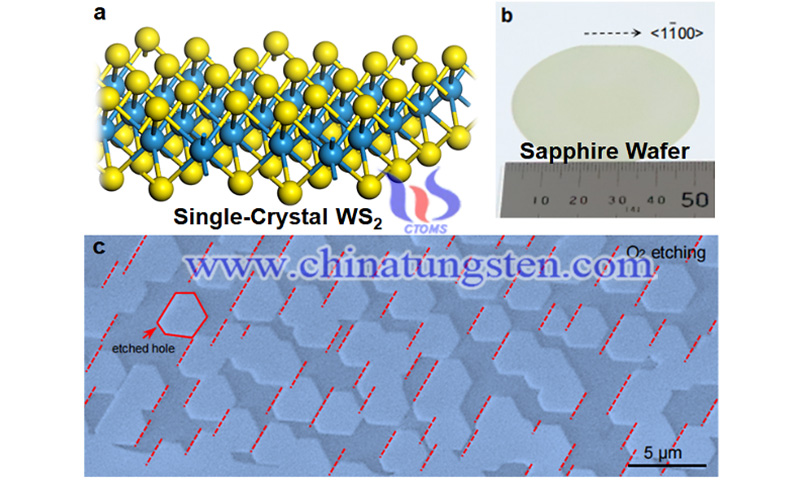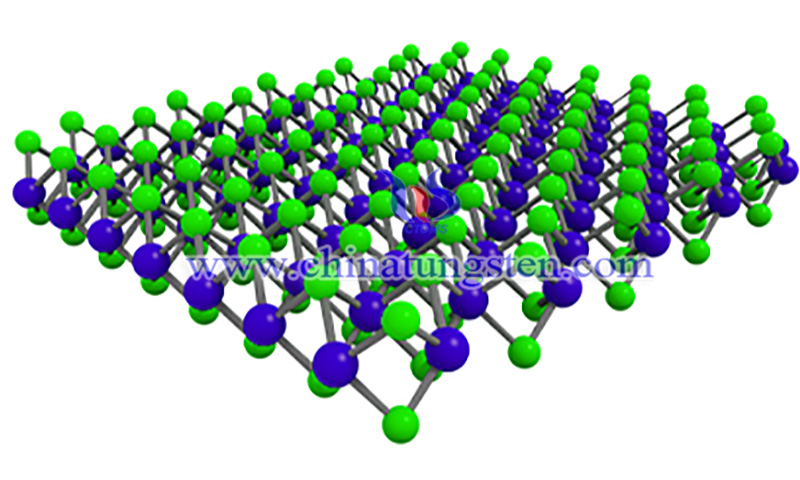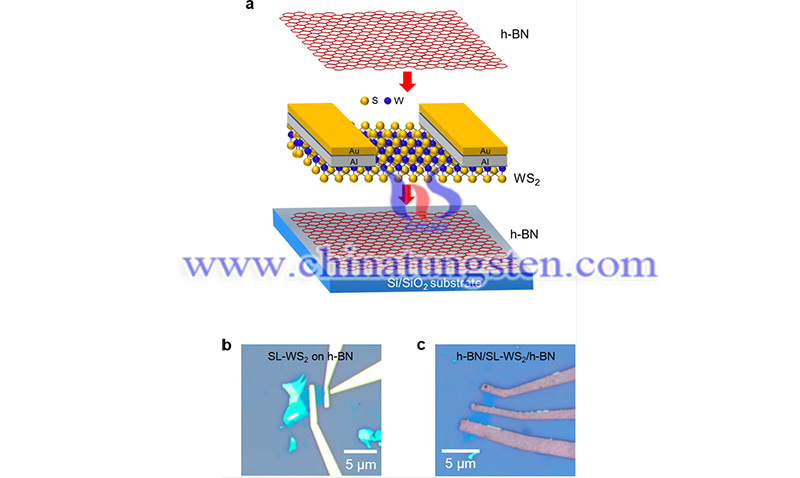South Korean-Chinese Researchers Use WS2 to Create Next Gen Semiconductor
- Details
- Category: Tungsten's News
- Published on Saturday, 27 November 2021 23:11
South Korea's Center for Multidimensional Carbon Materials (CMCM), part of the Institute of Basic Science (IBS), has announced that a research team has discovered the core principles affecting the growth of large-area single-crystal dichloride, ANI reports, citing Global Economy. The researchers, in collaboration with a Chinese research group, have successfully produced core dichloride materials such as tungsten disulfide (WS2) as wafer-level single-crystal transition metal dichloride (TMD), laying a foundation for the development of next-generation semiconductor.

TMDs are next-generation semiconductors consisting of brass molecules such as sulfur (S), selenium (Se) and tellurium (Te), and transition metals. Since the point of structural symmetry of TMDs composed of two elements is at the periphery rather than the center, the selection of substrate materials becomes an issue in the semiconductor fabrication process.
According to the team, the ‘dual-coupling-guided epitaxial growth approach’ is a way to select the best substrate for the TMD. The team also noted that tungsten disulfide prefers two reverse parallel structures, and that all WS2 formed at the step edges on the substrate can be aligned in a single direction using the sapphire substrate insulator.

In addition, TMDs such as molybdenum disulfide, tungsten diselenide and molybdenum diselenide were also successfully produced by the collaborative research team on large-area 2-inch wafers. The results of this research, published in the leading scientific journal Nature Nanotechnology, have been evaluated as significantly accelerating the commercialization of new semiconductor materials after silicon.
Chinese and Korean researchers using WS2 to develop next-generation semiconductors will give a significant boost to the commercialization of next-generation semiconductors. Earlier this month, South Korean multinational electronics companies Samsung Electronics and SK Hynix provided the U.S. government with data on their operations. Samsung Electronics and SK Hynix submitted data related to inventory and sales to the U.S. Department of Commerce on Nov. 9.

Earlier in September, the U.S. Department of Commerce had asked semiconductor design, manufacturing, supply and distribution companies to submit business data. In an official statement, Samsung Electronics said the company submits semiconductor-related data to the U.S. government in an appropriate manner to protect trust in customer relationships, except for sensitive confidential information.
- Tungsten Manufacturer & Supplier, Chinatungsten Online: www.chinatungsten.com
- Tungsten News & Prices of China Tungsten Industry Association: www.ctia.com.cn
- Molybdenum News & Price: news.molybdenum.com.cn
- Tel.: 86 592 5129696; Fax: 86 592 5129797; Email: sales@chinatungsten.com